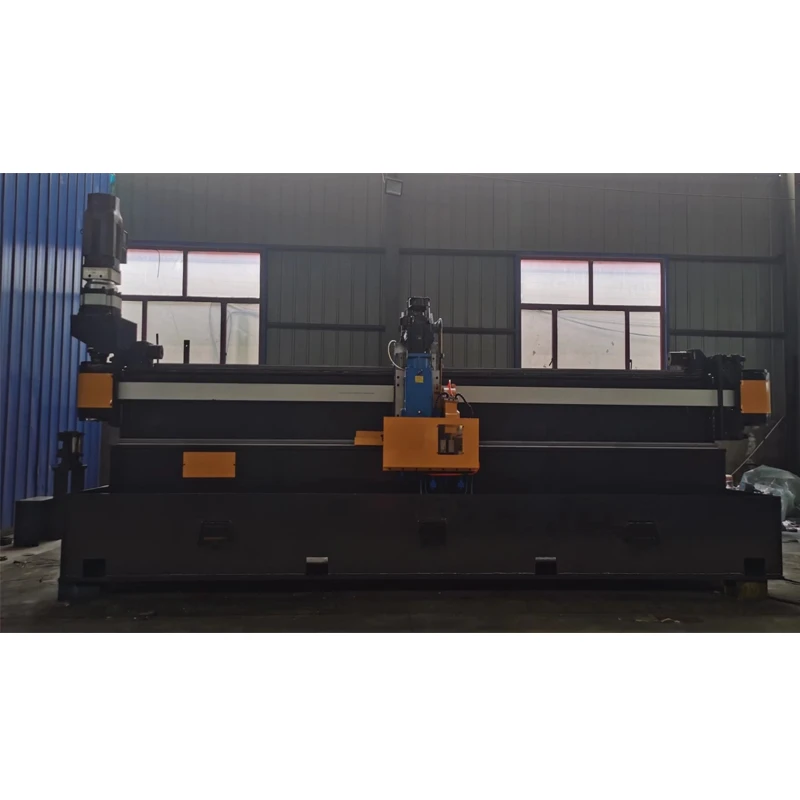Optimizing Roll Forming Techniques for Efficient Aluminum Extrusion Production
Roll Forming Aluminum Extrusions An Overview
Roll forming is a continuous bending operation in which a long strip of metal is gradually shaped into a desired cross-sectional profile by passing it through a series of rollers. This method is especially effective for materials like aluminum, which is lightweight yet strong, making it an ideal choice for a variety of applications. The process of roll forming aluminum extrusions has gained considerable traction across numerous industries, owing to its efficiency, versatility, and cost-effectiveness.
Understanding the Roll Forming Process
The roll forming process begins with a flat strip of aluminum, which is fed into a series of rollers that perform specific bending operations. As the strip progresses through the machine, each roll performs a slight bend, gradually transforming the flat surface into the desired profile. The continuous nature of the process allows for significant lengths to be produced without interruption, fitting perfectly for projects requiring high volumes of a specific shape.
Unlike traditional methods of fabrication, such as stamping or machining, roll forming is highly efficient. It requires minimal waste, as the process recycles almost all of the original material. Additionally, the finished product often requires little to no additional machining, which means reduced labor costs and faster production times.
Advantages of Aluminum in Roll Forming
Aluminum itself offers a multitude of advantages that make it an excellent choice for roll forming. First and foremost, it is lightweight; this characteristic allows for easier handling and transportation of extruded products. Aluminum also boasts excellent corrosion resistance, which makes it suitable for outdoor applications and environments that may be prone to moisture and other corrosive substances.
Furthermore, the thermal and electrical conductivity of aluminum makes it an attractive option for electrical applications. Its strength-to-weight ratio is particularly beneficial in the automotive and aerospace industries, where reducing weight while maintaining structural integrity is crucial.
Applications of Roll Formed Aluminum Extrusions
roll forming aluminum extrusions

The versatility of roll-formed aluminum extrusions finds applications in various sectors, including construction, transportation, and manufacturing. In the construction industry, aluminum extrusions are commonly used for window frames, door frames, and roofing systems. Due to their lightweight and durable nature, these extrusions provide an energy-efficient alternative while enhancing aesthetic appeal.
In the automotive industry, manufacturers utilize roll-formed aluminum for structural components, such as chassis and body panels. The ability to create complex shapes without significant waste is particularly beneficial in this sector, where efficiency and performance are paramount.
Moreover, the electrical and electronics sector benefits from aluminum extrusions used in manufacturing electrical enclosures, heat sinks, and mounting brackets. The combination of lightweight properties and excellent thermal conductivity is indispensable for effective heat dissipation in electronic devices.
Challenges and Future Prospects
While roll forming aluminum extrusions presents numerous advantages, it does come with challenges. The initial setup costs for roll forming machinery can be significant, and designing the right roller configuration for specific profiles requires expertise and precision. Moreover, there may be limitations in the complexity of shapes that can be achieved; highly intricate designs may necessitate additional processes.
Despite these challenges, the future of roll forming aluminum extrusions looks promising. As technology continues to advance, so does the potential for optimization and efficiency improvements in roll forming processes. Innovations in automation and computer-aided design are likely to enhance the precision of roller setups, reduce waste even further, and enable the production of more complex profiles. Additionally, as industries continue to prioritize sustainability, the recyclable nature of aluminum makes it an increasingly favorable material choice.
Conclusion
In summary, roll forming aluminum extrusions is a dynamic manufacturing process that provides a plethora of benefits across a wide range of industries. Its efficiency, cost-effectiveness, and the advantageous properties of aluminum make it a preferred choice for various applications. As technology evolves and sustainability becomes ever more critical, the role of roll-formed aluminum in modern manufacturing will undoubtedly expand, paving the way for innovative applications and solutions.
-
High Frequency Straight Seam Welded Pipe Production Line-BzZhou Xinghua Machinery Equipment Manufacturing Co., LTD.|line pipe steel&welded gas pipeNewsJul.30,2025
-
High Frequency Straight Seam Welded Pipe Production Line-BzZhou Xinghua Machinery Equipment Manufacturing Co., LTD.|High Precision&Automated SolutionsNewsJul.30,2025
-
High Frequency Straight Seam Welded Pipe Production Line - BzZhou Xinghua Machinery Equipment Manufacturing Co., Ltd.NewsJul.30,2025
-
High Frequency Straight Seam Welded Pipe Production Line-BzZhou Xinghua Machinery Equipment Manufacturing Co., LTD.|Precision Welding, High EfficiencyNewsJul.30,2025
-
High Frequency Straight Seam Welded Pipe Production Line|BzZhou Xinghua|Precision Welding&EfficiencyNewsJul.30,2025
-
High Frequency Straight Seam Welded Pipe Production Line - BzZhou Xinghua|Precision Engineering&EfficiencyNewsJul.30,2025


